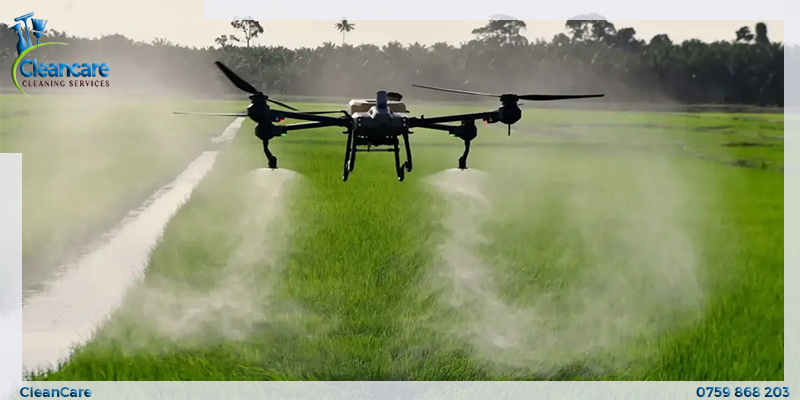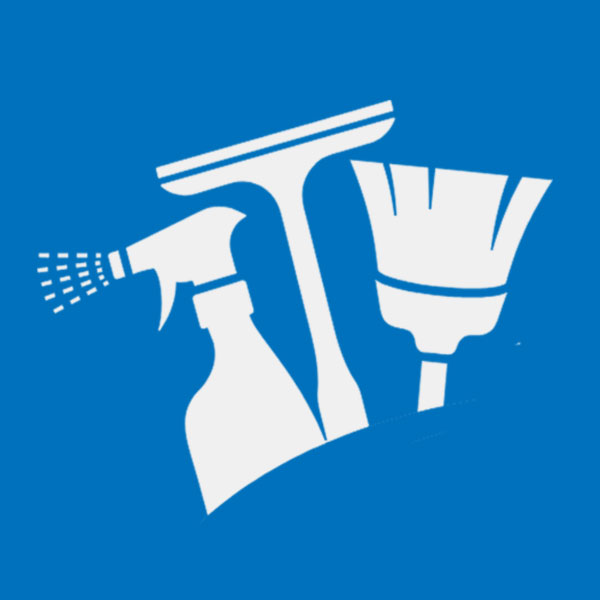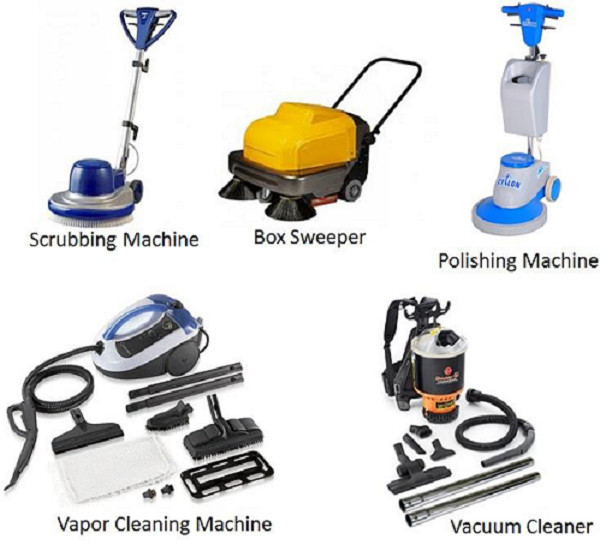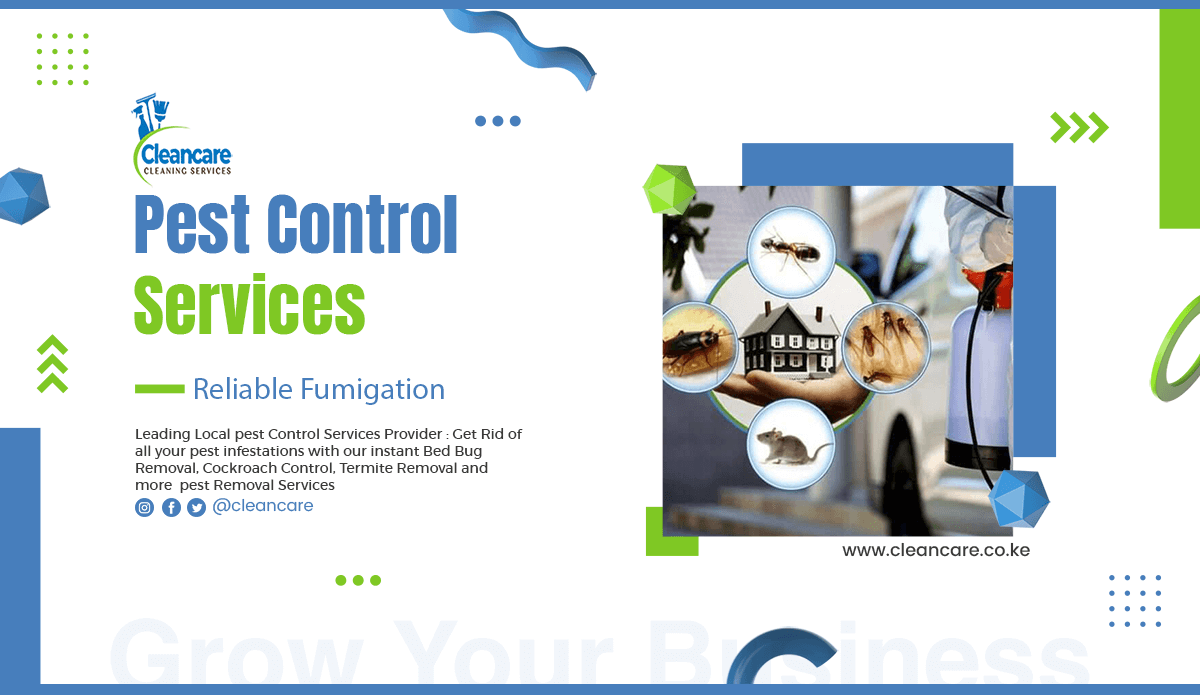Emerging Technology, Large Scale Drone Pest Control
By cleancare.co.ke
In the evolving landscape of agricultural innovation, large-scale drone pest control has emerged as a transformative solution to address the persistent challenge of crop-damaging pests. This cutting-edge technology leverages unmanned aerial vehicles (UAVs) to deliver precise, efficient, and environmentally conscious pest management strategies. By integrating drone cleaning techniques, farmers and pest control professionals can now tackle infestations on expansive farmlands with unprecedented accuracy, reducing reliance on traditional methods that often harm ecosystems. This article explores how drone cleaning is revolutionizing pest control, its benefits, challenges, and future potential.
The Rise of Drone Cleaning in Pest Control
Drone cleaning, traditionally associated with tasks like window washing or solar panel maintenance, has found a new application in agriculture. Equipped with advanced sensors, GPS systems, and spraying mechanisms, drones are now deployed to disperse pesticides, biopesticides, or natural pest repellents over vast agricultural fields. Unlike manual spraying or tractor-based methods, drone cleaning ensures uniform coverage, minimizing waste and reducing the risk of over-application. This precision is critical in large-scale operations where even minor inefficiencies can lead to significant financial and environmental costs.
The adoption of drone cleaning for pest control is driven by the need for sustainable farming practices. Traditional pest control methods often involve broad-spectrum pesticides that harm beneficial insects, contaminate water sources, and degrade soil health. In contrast, drones can be programmed to target specific areas affected by pests, delivering treatments only where needed. This targeted approach not only enhances crop protection but also aligns with global efforts to promote eco-friendly agriculture.
Benefits of Drone Cleaning in Large-Scale Pest Control
The integration of drone cleaning into pest management offers several advantages. First, it significantly improves efficiency. A single drone can cover hundreds of acres in a fraction of the time required by ground-based equipment, allowing farmers to respond swiftly to pest outbreaks. This rapid response is crucial for preventing widespread crop damage, particularly during peak growing seasons.
Second, drone cleaning reduces human exposure to hazardous chemicals. By automating the application process, workers are no longer required to handle or apply pesticides directly, minimizing health risks. Additionally, drones equipped with real-time monitoring systems can collect data on pest populations and crop health, enabling data-driven decisions that optimize pest control strategies.
Third, drone cleaning supports environmental sustainability. By using precise application techniques, drones reduce the volume of pesticides released into the environment. Furthermore, advancements in biopesticide formulations, which can be deployed via drones, offer non-toxic alternatives to chemical pesticides, fostering biodiversity and preserving natural ecosystems.
Challenges and Considerations
Despite its promise, large-scale drone pest control faces several challenges. The initial cost of acquiring drones, training operators, and maintaining equipment can be prohibitive for small-scale farmers. Additionally, regulatory frameworks governing drone operations vary across regions, requiring compliance with strict safety and airspace regulations. In Kenya, for instance, the Civil Aviation Authority imposes guidelines on drone usage, which pest control companies must navigate to ensure legal operations.
Technical limitations also pose hurdles. Drones have limited battery life and payload capacity, which can restrict their ability to cover extremely large areas without frequent recharging or refilling. Moreover, adverse weather conditions, such as strong winds or heavy rain, can disrupt drone cleaning operations, necessitating robust contingency plans.
The Future of Drone Cleaning in Pest Control
The future of drone cleaning in pest control is bright, with ongoing advancements poised to address current limitations. Innovations in battery technology and drone design are expected to enhance flight duration and payload capacity, enabling drones to cover larger areas more efficiently. Artificial intelligence (AI) and machine learning are also being integrated into drone systems, allowing for real-time pest detection and adaptive spraying patterns. These developments will further refine the precision of drone cleaning, making it an indispensable tool for modern agriculture.
In Kenya, companies like cleancare.co.ke are at the forefront of adopting drone cleaning for pest control, offering tailored solutions to farmers seeking sustainable pest management. As awareness of the technology grows, partnerships between governments, agricultural organizations, and technology providers will be crucial in making drone cleaning accessible to farmers of all scales.
Large-scale drone pest control, powered by drone cleaning, represents a paradigm shift in agricultural pest management. By combining precision, efficiency, and sustainability, this technology addresses the challenges of traditional pest control while safeguarding crops and ecosystems. As innovations continue to evolve, drone cleaning will play a pivotal role in shaping the future of farming, ensuring food security and environmental resilience for generations to come.




.jpg?crop=entropy&cs=tinysrgb&fit=crop&fm=jpg&ixid=MnwzNzg0fDB8MXxzZWFyY2h8MjV8fGZvcmVzdHxlbnwwfDB8fHwxNjM0OTkwMDcy&ixlib=rb-1.2.1&q=80&w=1080&h=768)


